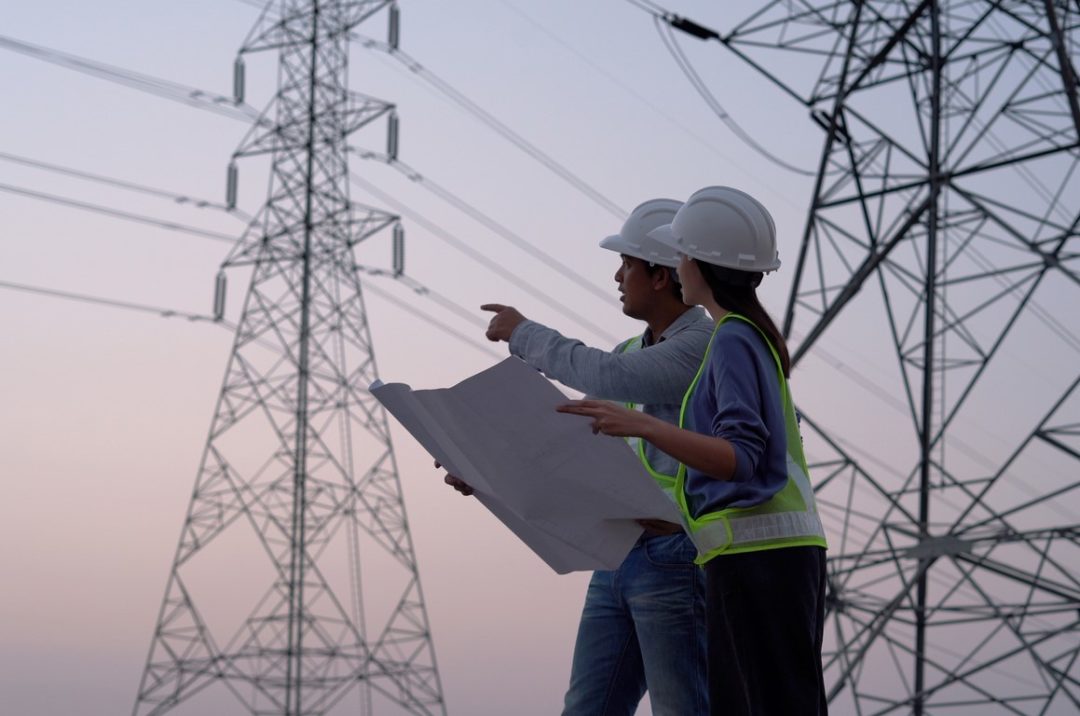
Electrical grids across the world are straining under the pressures of contemporary life. From phones to cars, the electrical grid energizes our lives, but it is far from modern. In the U.S., the last major overhaul of the system was in the middle of the 20th century and some components of the grid are approaching 100 years old.
In that same time, the world has become more reliant on electricity. The average home in 1970, running appliances such as vacuum cleaners, tube TVs, and radios, used 7,237kWh annually. That number has doubled to 12,994kWh with the rapid technological advancements of the past 50 years, and is expected to climb another 41% worldwide by 2035.
Utilities have not been incentivized to revitalize the grid and innovate, based on their business and regulatory models. Major grid upgrades are expensive, and utilities are under pressure to get the best “bang for the buck” for their investors and customers — scenarios that are not, normally, considered to be mutually compatible. A company could find itself spending a certain amount on minimal upgrades, off-setting the cost over a long period of time, only to have to make more improvements a few years later as the requirements evolve. In the short term, the financial impact to all parties is the same or better and the grid is marginally better. But in the long term, the costs continue to mount and quickly surpass what it would have cost to do the most expensive upgrade up front. Innovation grinds to a halt, since there is no reason to go beyond the minimum, and the long-term resiliency of the grid suffers. It’s like putting a Band Aid on a broken leg.
On the other side of the coin is consumer usage. While many of our household electronics and appliances are becoming more efficient, we have a lot more of them, and many stay in stand-by mode pulling power even when not in use. As electric cars become more prevalent, our household demand will massively increase. States like California and Washington have committed to banning the sale of new gas-powered vehicles by 2035 and 2030 respectively. If this goal becomes a reality, the rationing of electricity may be in our future. As recently as September, California, anticipating a heat wave, suggested residents curb their energy usage by avoiding running appliances like dishwashers and washing machines, as well as not charging electric vehicles. If the current grid cannot support the number of EVs on the road today, it will not be able to support an entire economy of EVs in the future.
There are also implications on personal autonomy and safety that must be taken into consideration. EVs are completely reliant on the electrical infrastructure in place, and require a lot more time to charge than it takes to fill up a tank of gasoline. The price of electricity is currently cheaper than gasoline, but as more people charge their cars, the price of electricity is expected to increase. It becomes a double-edged sword where people may not be able to travel if the grid is not able to keep up with the demand, or the price of energy becomes prohibitively expensive at certain times of the year. From a safety perspective, in times of emergency, if utilities, for example, were to switch to electric trucks, there would be no grid to charge the trucks, and therefore no way to safely restore power.
The key to solving this problem is investing in our electrical grid, not just to support the current demand, but also to sustain future demand. Renewable resources like wind and solar power require a resilient grid and energy trading network, since certain areas produce more than others, and efficiencies are lost due to grid inconsistencies across geographies. For example, California experienced several blackouts this summer due to a weak grid. Legislation could also help pave this path by imposing penalties on blackouts on a case-by-case basis, but this runs the risk of companies factoring the costs of the penalties into their accounting books.
Innovation ultimately comes from the consumer. As more people purchase and drive electric vehicles, the grid must be able to sustain demand, or people might not be able to travel. Electric vehicles are an important step in reaching net zero emissions, but if most of the electricity being generated is coming from non-renewable sources, then people’s lives will have been impacted for no reason.
If carbon neutrality goals are to be met, renewable sources of generation must be built and integrated efficiently into the grid. There is a rare opportunity right now to take advantage of the incentives in the Inflation Reduction Act that could be used to drive this transition. Companies and regulators have a duty to the consumer to continue to supply electricity and to power their lives. Investing in the modernization of our grids will reduce inconveniences and strengthen our systems to meet demands in the future.
Peter Kohnstam is sales director of U.S. generation and transmission at Nexans.







